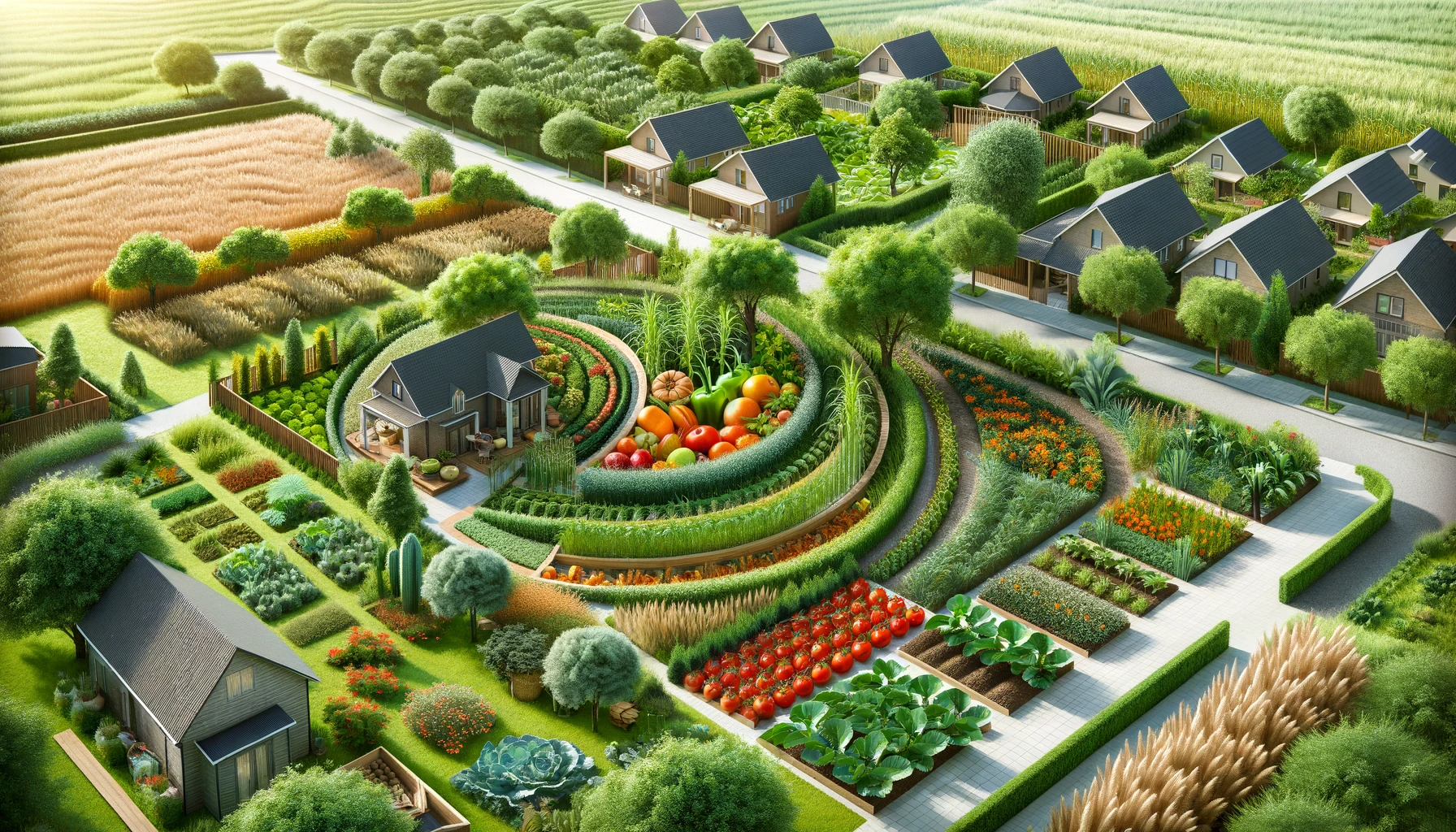Agroforestry is an innovative and sustainable approach to land management that combines elements of both agricultural and forestry systems. Agroforestry integrates trees, shrubs, and other plants with crops and/or livestock to create a productive and profitable landscape. This type of land management offers a wide range of environmental, economic, and social benefits that can make it an attractive option for many landowners. In this blog, we will discuss 7 ideas for incorporating agroforestry into your landscape and unlocking the benefits of this sustainable land management practice.
7 Ideas to Unlock the Benefits of Agroforestry In Your Landscape
1. Plant Trees
One of the most straightforward ways to incorporate agroforestry into your landscape is to plant trees. Trees can provide a variety of important services to your landscape, including shade, wind protection, soil stabilization, and habitat for wildlife. Additionally, planting trees can also help to reduce your overall carbon footprint. When selecting trees for your landscape, be sure to choose species that are native to your area and suited to the climate.
2. Create Windbreaks
Windbreaks are strategically placed trees and shrubs that can help to reduce wind speed and protect crops, buildings, and livestock from strong winds. By reducing wind speed, windbreaks can also help to conserve soil moisture and reduce soil erosion. Additionally, windbreaks are also a great way to create habitat for wildlife. When creating a windbreak, be sure to choose fast-growing trees and shrubs that are native to your area.
3. Incorporate Fruit Trees
Fruit trees are a great way to incorporate agroforestry into your landscape while also providing a delicious food source. Additionally, fruit trees can help to improve pollinator health and attract beneficial insects to your landscape. When selecting fruit trees, be sure to choose species that are native to your region and suited to the climate.
4. Plant Shrubs
Shrubs can be a valuable addition to your landscape. Not only can they provide food for wildlife, but they can also provide shelter and wind protection for crops and livestock. Additionally, shrubs can help to reduce soil erosion and improve soil health. When selecting shrubs for your landscape, be sure to choose species that are native to your area.
5. Establish Nut Trees
Nut trees are a great addition to any agroforestry system. Not only can they provide a delicious food source, but they can also improve soil health and reduce soil erosion. Additionally, nut trees are a great way to attract wildlife and promote biodiversity in your landscape. When choosing nut trees for your landscape, be sure to select species that are native to your region and suited to the climate.
6. Grow Mushrooms
Mushrooms can be a valuable addition to any agroforestry system. They can provide a nutritious food source and help to improve soil health by breaking down organic matter and increasing soil fertility. Additionally, mushrooms can help to reduce soil erosion and provide habitat for beneficial insects. When growing mushrooms, be sure to select species that are native to your region and suited to the climate.
7. Incorporate Livestock
Incorporating livestock into an agroforestry system can be a great way to create a productive and profitable landscape. Not only can livestock provide a food source, but they can also help to manage weeds, fertilize the soil, and reduce soil erosion. Additionally, livestock can help to attract beneficial insects and improve pollinator health. When selecting livestock for your landscape, be sure to choose animals that are native to your region and suited to the climate.
Conclusion
Agroforestry is an innovative and sustainable approach to land management that can provide a wide range of environmental, economic, and social benefits. By incorporating trees, shrubs, fruit trees, nut trees, mushrooms, and livestock into your landscape, you can unlock the benefits of agroforestry and create a productive and profitable landscape. We hope this blog has provided you with some ideas for implementing agroforestry into your landscape.

